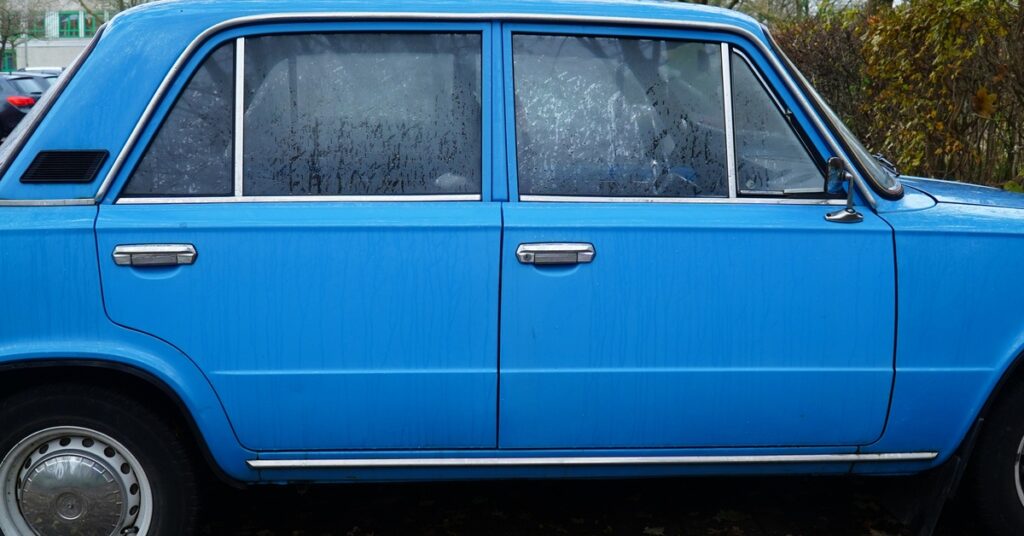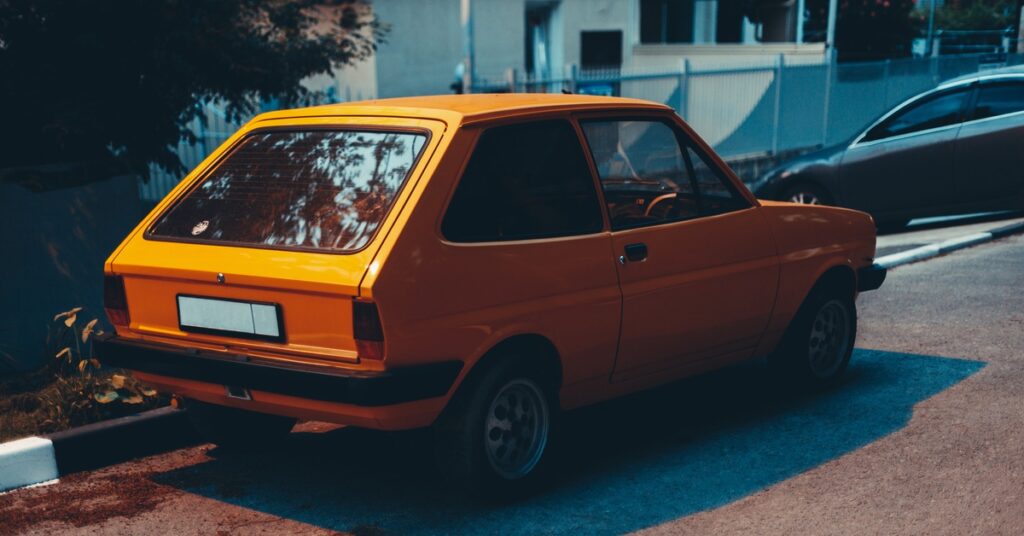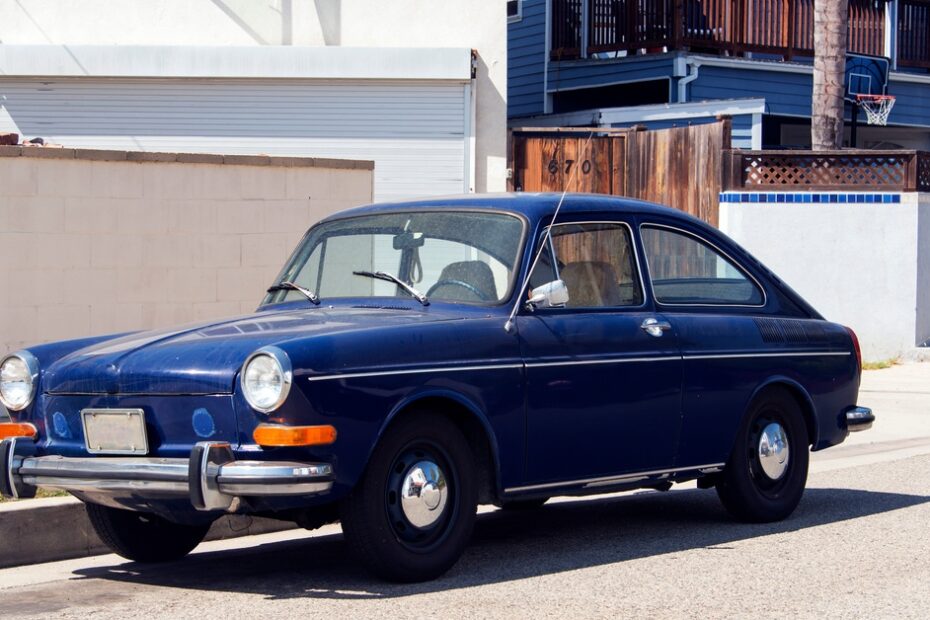The Volkswagen Type 3 lineup captured the imagination of enthusiasts and everyday drivers since its launch in the early 1960s. Volkswagen designed the Type 3 to bridge the gap between the humble Beetle and the more luxurious Type 4, effectively introducing a blend of practicality, style, and innovation that sets it apart.
Among its variations, the Notchback and Fastback models have garnered unique followings over the decades, each representing a distinct expression of VW’s design philosophy. This guide will help you choose which Type 3 model is perfect for you, between the Notchback and Fastback, whether you’re a seasoned VW collector or new to air-cooled classics.
An Introduction to the VW Type 3 Family
Volkswagen’s Type 3 lineup, introduced in 1961, marked a pivotal evolution in the brand’s history. Offering sedan-like practicality and a step up in size from the Beetle that remained popular since the 1930s, the Type 3 met the growing demand for more refined family cars.
The Notchback and Fastback stood out within the lineup, each boasting its personality while sharing the same engineering DNA. These models elevated VW’s position in the market while significantly contributing to its cultural legacy, cementing their place as icons among classic car enthusiasts.
Notchback and Fastback at a Glance
The Notchback and Fastback might appear similar at first glance, but their differences are striking upon closer inspection. The Notchback’s defining feature is its familiar three-box shape, offering a traditional sedan profile that exudes timeless sophistication.
The Fastback, on the other hand, sports a sleek, sloping roofline that seamlessly extends to the rear, giving it a more contemporary and dynamic look for its time. These differences embody VW’s willingness to cater to diverse customer preferences while maintaining the practicality and reliability the Type 3 lineup was known for.

The Design Philosophy Behind the Notchback and Fastback
The design of the Notchback and Fastback reflects Volkswagen’s innovative thinking during the 1960s. The Notchback adhered to the traditional automotive design language of the time, emphasizing comfort and functionality.
Meanwhile, the Fastback introduced a more modern and sportier silhouette, appealing to younger buyers who craved a touch of flair. This duality in design showcases VW’s foresight in creating models that could cater to classic and progressive tastes, capturing a broad spectrum of the market.
Exterior Styling Differences
A defining characteristic of these two models is their exterior styling. The Notchback features a conspicuous, angular roofline and upright rear section, embodying a classic European sedan design. Its well-proportioned shape maintains a clean, understated elegance.
The Fastback breaks from convention with its coupe-like sloping rear, lending it an aerodynamic and sporty character. Both designs are timeless in their own right, highlighting how VW balanced functionality with aesthetic appeal.
Interior Layout and Features
Both models offer rich, practical interiors that reflect VW’s commitment to driver-centric designs of the era. The Notchback’s rectangular roofline provides slightly more headroom for rear passengers, making it ideal for family use.
Meanwhile, the Fastback’s interior emphasizes its dynamic persona, though its sloping roofline does compromise rear-seat headspace to a degree. Despite their compact dimensions, both models showcase VW’s well-thought-out dashboard controls, functional seating layout, and generous use of space.
Performance and Driving Experience
Under the hood, the Notchback and Fastback share similar engine choices, featuring air-cooled, rear-mounted flat-four engines, a hallmark of classic VW engineering. Despite their identical powertrain offerings, the differences in body style slightly influence handling.
The Notchback provides balanced maneuverability, while the sleeker Fastback delivers a subtly sportier feel thanks to its aerodynamic shape. Either model offers an enjoyable driving experience expected from a Type 3, whether you value smooth cruising or a more spirited drive.
Aerodynamics and Efficiency
The differences in aerodynamics between the two models are slight but noticeable. The Fastback’s sloping rear reduces air resistance, providing marginally better fuel efficiency and handling at higher speeds.
With its more angular design, the Notchback trades aerodynamic efficiency for practicality. While neither vehicle was wind tunnel-tested using today’s standards, the Fastback is the more aerodynamic choice, making it slightly better suited for highway driving.
Storage and Practicality
The usefulness of any classic car depends heavily on how well it serves its owner’s needs, and both the Notchback and Fastback excel in practicality. The Notchback offers a spacious trunk with a squared-out shape that’s perfect for carrying luggage or bulky items and ideal for road trips.
The Fastback compensates for its slightly reduced trunk space by offering a unified rear profile with clever storage compartments. Either way, these models prove that style need not come at the expense of functionality.
Regional Variations and Market Preferences
The availability and popularity of the Notchback and Fastback varied by region. European markets showed strong enthusiasm for the versatility of the Notchback, while the North American and Australian markets leaned toward the Fastback for its modern aesthetic. These preferences reflect cultural tastes and regional marketing strategies employed by VW at the time, further diversifying the Type 3 family’s appeal.

Collector’s Perspective
Both models hold significant value but cater to different interests from a collector’s point of view. The Notchback is notable for its classic and understated charm, making it a staple for traditional VW collectors.
On the other hand, the Fastback’s sportier design and relative rarity in certain regions make it a sought-after model. Both vehicles retain strong values in the collector market when well maintained using high-quality VW Type 3 body parts, underlining their enduring allure. It’s possible to find both models in a collection as the pair may juxtapose each other to improve their appearance.
Maintenance and Restoration Considerations
Restoring either model requires a fair share of commitment, but one has advantages depending on the parts availability in your region. The Notchback is usually easier to source parts for, as its widespread popularity ensures a steady supply in much of the world.
While slightly more niche, the Fastback repays restoration efforts with its eye-catching design and distinctive presence at car shows. The challenges in restoring these vehicles add to the enthusiast’s joy of ownership.
Choosing the Right Model for Your Needs
Deciding between the Notchback and Fastback ultimately boils down to personal preference and practical requirements. The Notchback is better if you value classic lines and a family-friendly configuration.
Meanwhile, the Fastback provides an engaging, stylish experience if you’re drawn to sleek styling and plan to use it as a weekend cruiser. Consider your lifestyle needs, stylistic tastes, and interest in collectability while deciding.
Choosing between Notchback and Fastback for your perfect VW Type 3 requires understanding what makes these vehicles excellent Volkswagen classics. These models suit every enthusiast’s taste with their distinct designs and shared engineering brilliance. The Type 3 family remains an enduring symbol of VW’s commitment to blending style, practicality, and innovation, whether you’re restoring a beloved classic or admiring these vehicles’ place in history.
